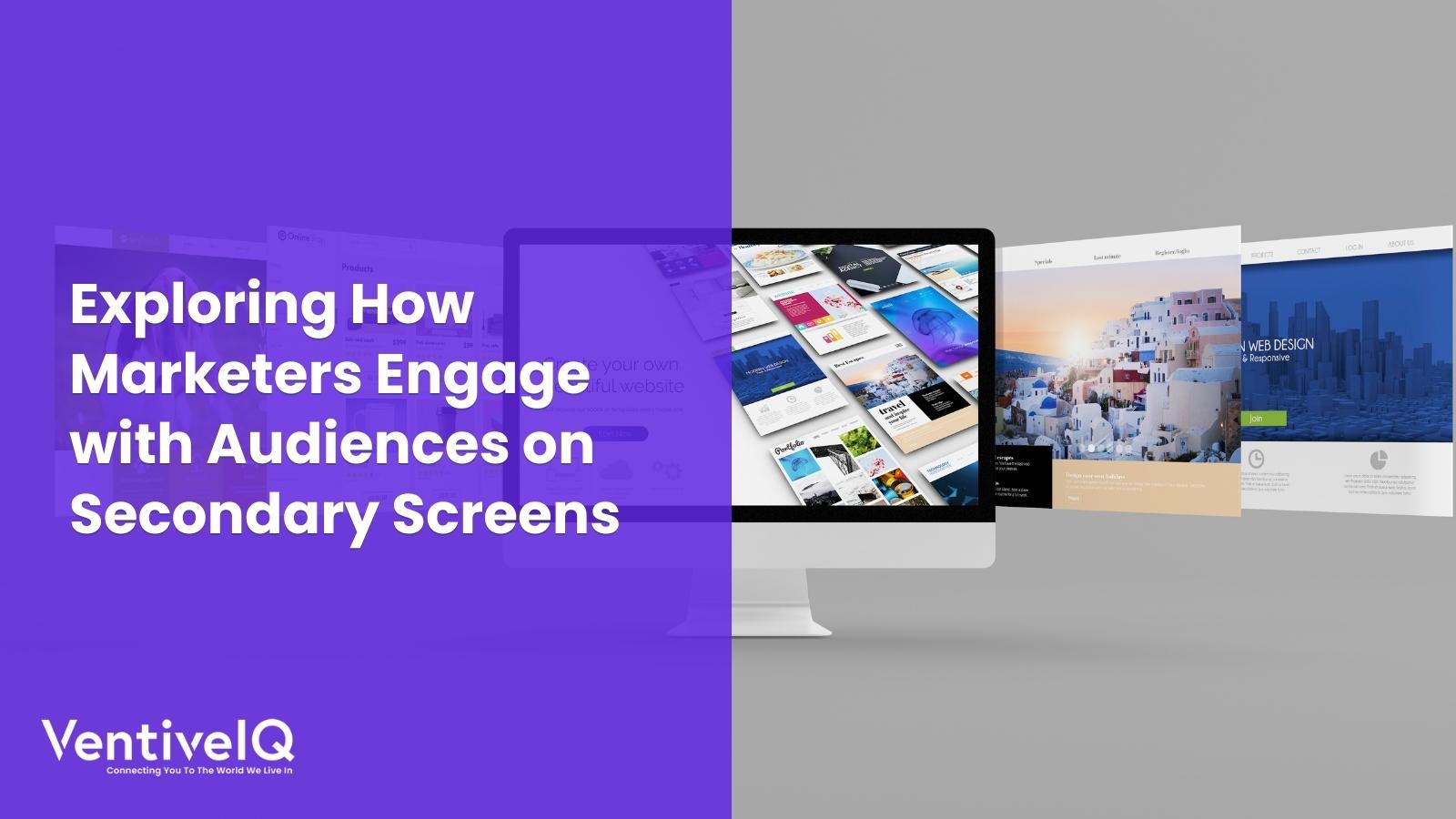If you spend time online as part of your daily routine, you know that the digital world is changing rapidly. Whether for work, play, socializing, or learning, individuals and businesses must continuously adapt to new technologies and changing trends at the same time.
The advertising industry is no exception. Digital advertisers have had to adjust their approach to reflect the reality that web browsers are phasing out the use of cookies in their products. We will face a cookieless reality sooner than many might have expected. This means that advertisers will have to figure out new, innovative ways of identifying, reaching, and tracking their target audience.
Let’s take a closer look at the concerns surrounding third-party cookies’ gradual demise and what Ad Tech industry participants can do to navigate their new reality.
What are Cookies?
Cookies are tiny snippets of code that collect vital user data points, including viewed pages, page clicks, and website interactions. These go deeper than the basic addresses, credit card numbers, and device IDs. There are two distinct classes of cookies, the first being those generated automatically by websites to help visitors stay logged in and recall essential information such as language preferences, usernames, shopping cart items, and so on.
Third-party cookies, on the other hand, are at the heart of programmatic (digital) marketing tech solutions and involve cross-site tracking. Cross-site tracking facilitates the active sharing of data across different websites and agencies besides the one a user visits.
Adapting to a Cookieless Advertising Environment
With people increasingly growing aware of their digital data privacy rights, they are increasingly turning to cookieless browser options. These browsing options track user data but do not attach their identity.
This type of data, known as Zero-party data, can make the work of an advertiser harder, as 1:1 retargeting cannot occur. The challenge facing advertisers is now figuring out how to personalize their data, making it useful for their purposes.
There are several ways that advertisers can try and overcome the obstacles posed by the cookieless market. They include:
Making Use of Artificial Intelligence
AI predictive analytics is a great way to leapfrog the restrictions of cookieless advertising. This involves using AI to segment audiences based on non-personalized feedback, making it more useful for advertisers.
Hyperlocal Weather Targeting
One of the advantages the Ad-Tech industry enjoys is the vast amounts of location data and localized, real-time reports available to us. Even without knowing your target audience’s habits and personal preferences, you can design a hyperlocal marketing campaign based on specific conditions such as weather patterns, major events, local terrain, current events, and so on.
Optimize your Media Mix
A media mix refers to the combination of communication channels and techniques that an advertiser uses to reach its target audience. The Ad-Tech industry considers the 5Ps when determining a suitable marketing mix (Product, Place, People, Price, and Promotion). By putting more focus on the People element of this mix, the constraints of cookieless advertising may be less pronounced.
Final Thoughts
Digital advertisers do not have any option but to adapt to the realities facing them. The good news is that new techniques and technologies are coming online every day that provide viable solutions.
Google is working especially hard towards developing tools such as the Privacy Sandbox, Google Analytics 4, Federated Learning of Cohorts (FLoC), and so on, indicating what the future of cookieless advertising holds. To rise above the competition in this new age, businesses will have to be willing to try new ways of doing business and reaching their target clients as well.
Sources
https://www.nasdaq.com/articles/how-are-adtech-companies-preparing-for-a-cookieless-world
https://smart-hub.io/blog/what-is-the-future-of-advertising-in-a-cookieless-world/



